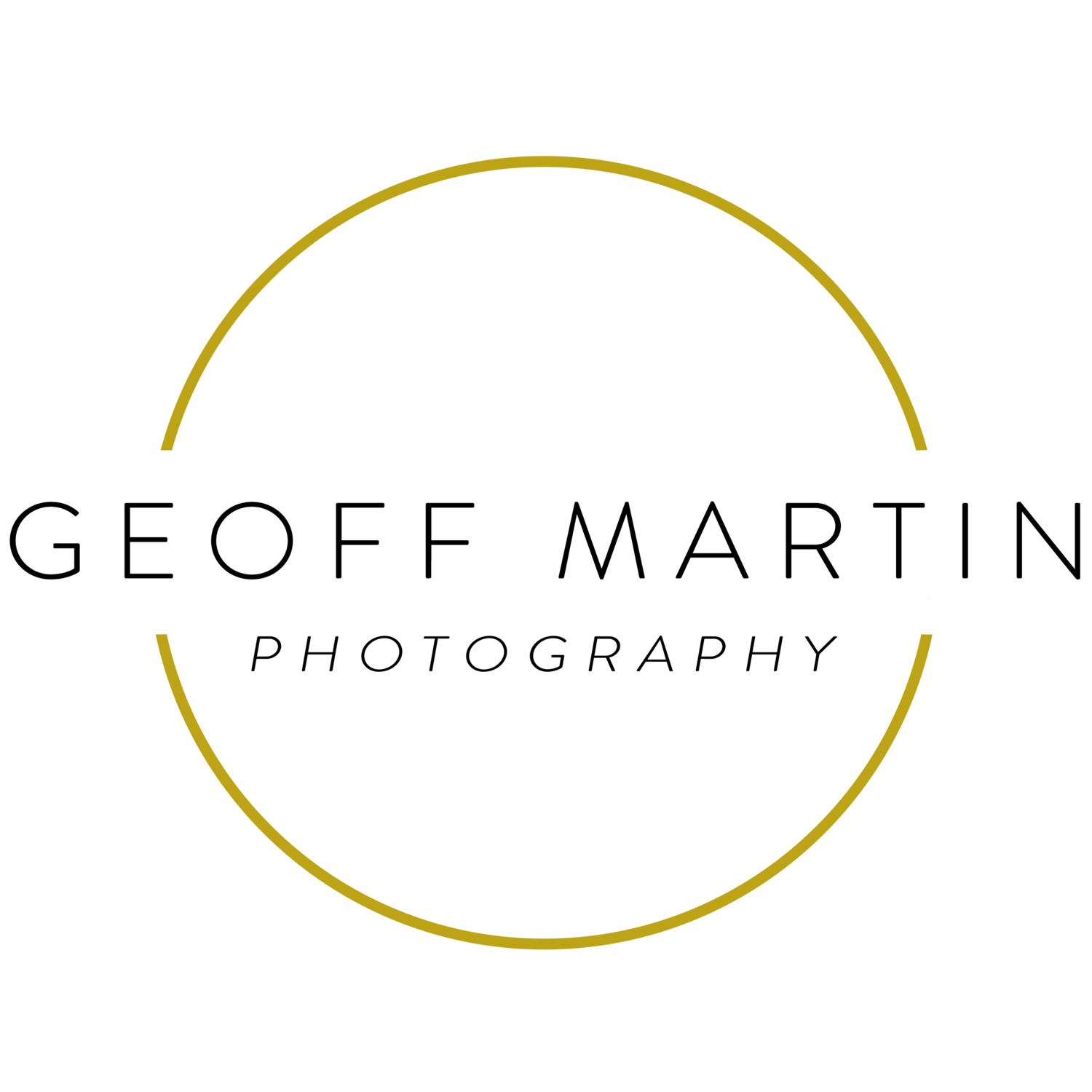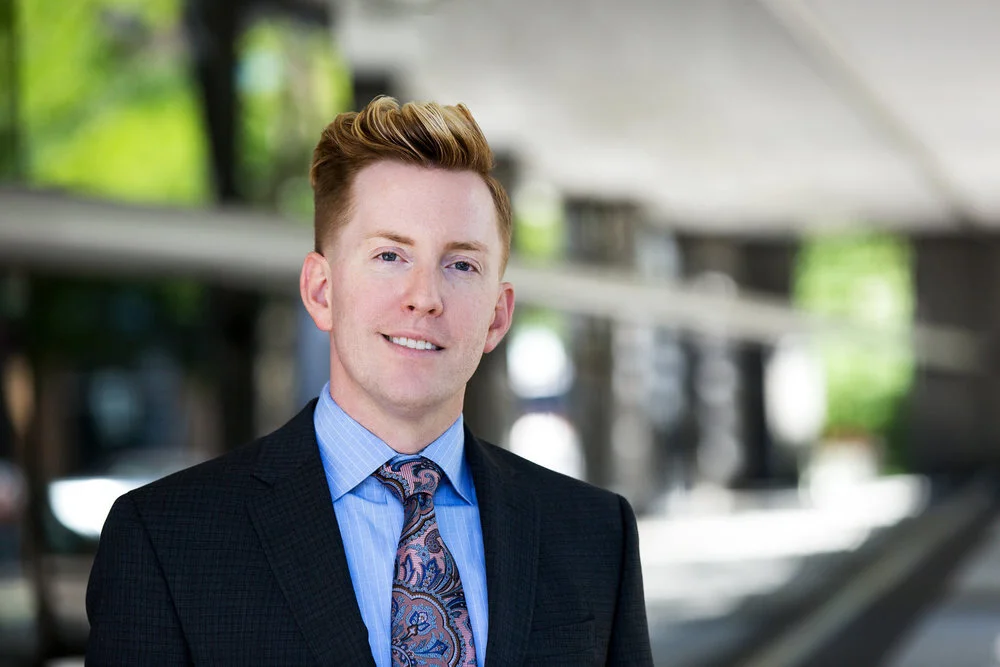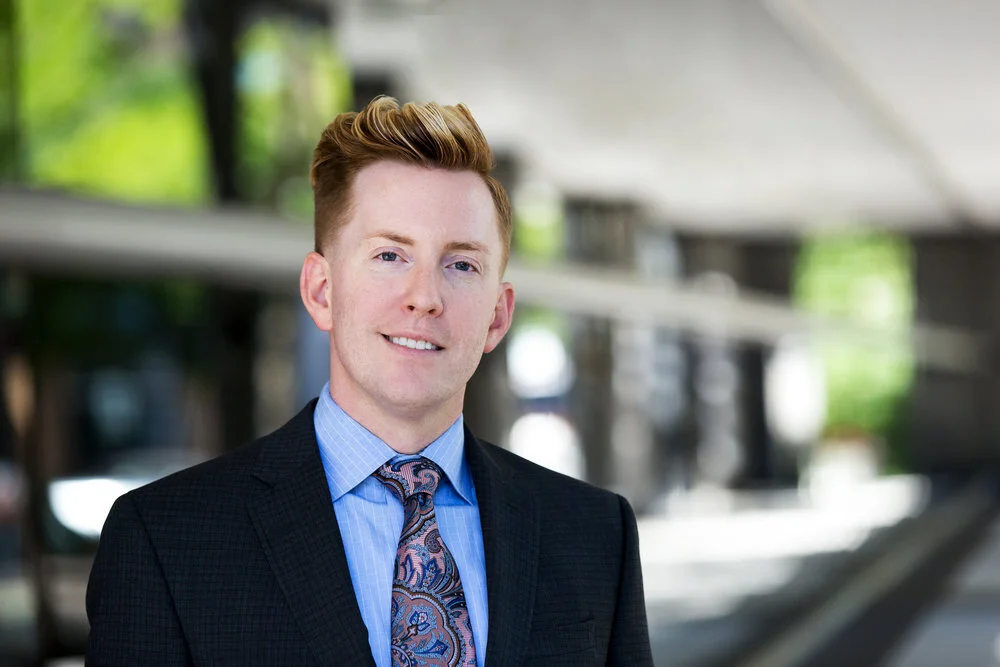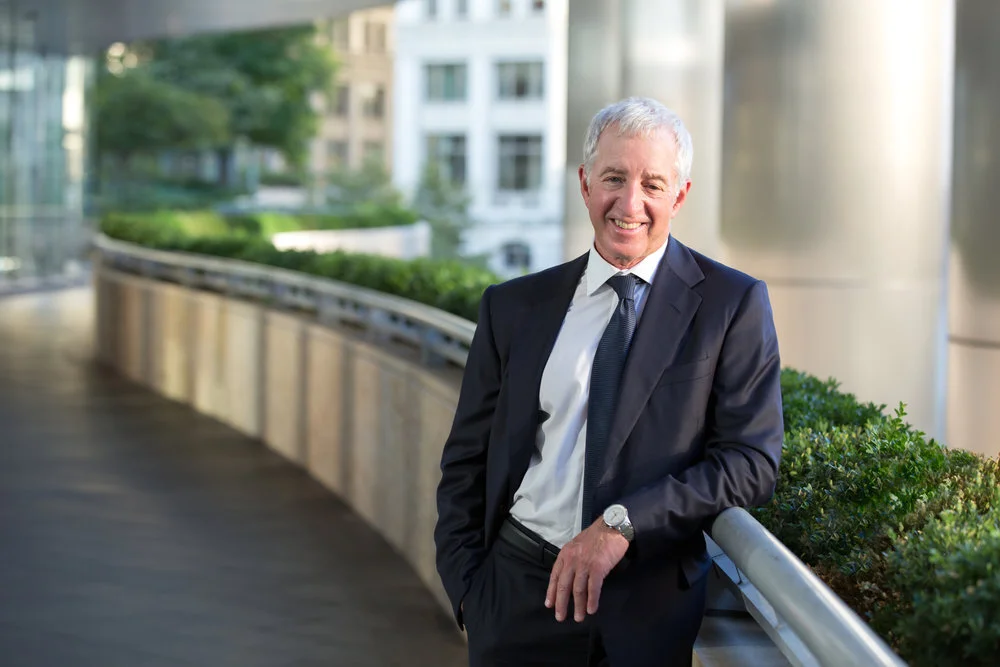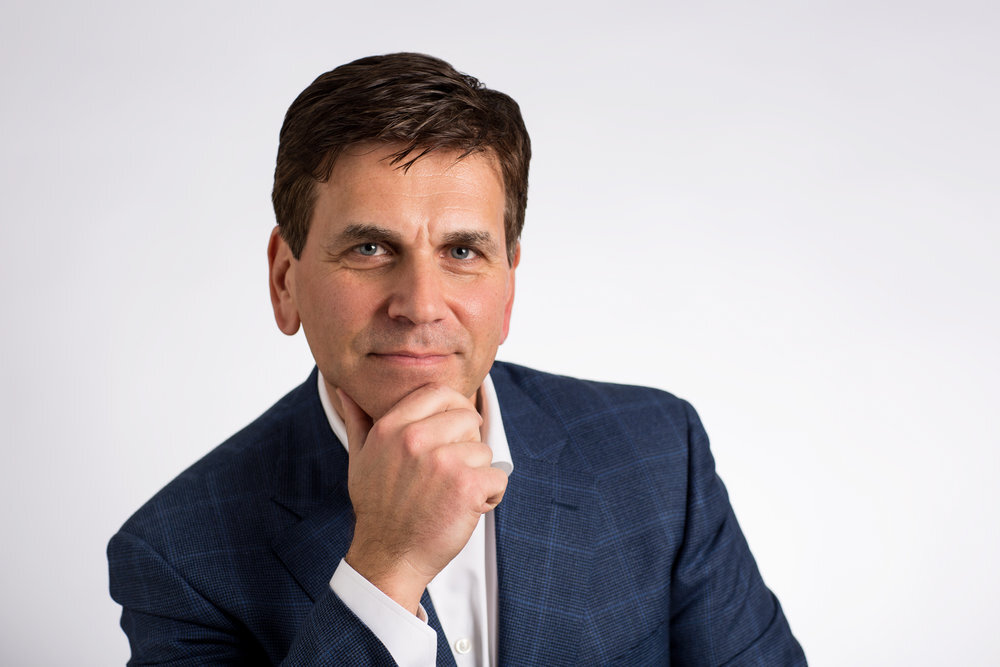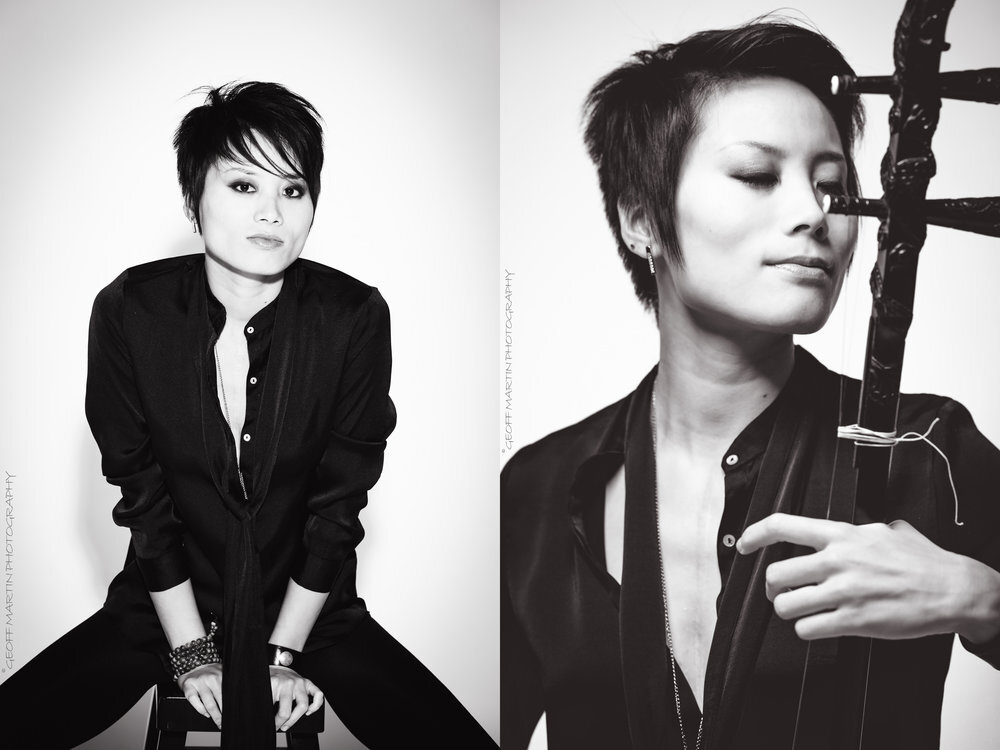The Importance of a Professional Headshot
With the ease of access to cameras on nearly every digital device out there, and the endless amount of photos (often of ourselves) on the internet, it may be easy to overlook the importance of a professional headshot, while simultaneously difficult to justify spending your hard earned dollars on a professional photographer. After all, you can just use one of your favorite selfies or have a friend take your photo with your phone, right? While that may work fine for your personal Facebook profile, the fact is that if you want to be taken seriously in the professional world, you'll need a current and professional looking photo for your website, or other career-oriented social media, such as LinkedIn. I'll go over a couple reasons why I think it's a valuable investment for your professional career and provide examples of various types of headshots, and some brief ideas to consider while shopping around for a photographer.
First Impressions in a Digital World
First impressions are important. Many of us make judgements instantly, often without realizing it. So, whether you're online networking with colleagues, representing yourself, your own business, the company you work for, or searching for that next career move, you want to make a great first impression. There's been plenty of research to show that we form an impression of a person almost immediately upon looking at a photo of their face - within milliseconds. When your online profile is the first impression someone will have of you, it is more important than ever to have a great photo that represents who you are. This is not the place to be using an old cropped Instagram photo from a college party several years ago. You want to portray yourself as professional and capable, but also show a little about 'who' you are. In addition to appearing trustworthy and competent, I believe that showing you are comfortable, relaxed, and approachable are also key elements to strive for in a headshot image. You wouldn't want to work with someone who looks anxious, nervous or incompetent, would you? Most of us wouldn't. Here are a few examples to get started:
One of my favorite smiles! This portrait was taken for a dental office in Evanston, IL. This happy man is one of their patients and is clearly excited to be showing off his dental work. Makes me excited to go to the dentist!
When working in specific industries, it is a good idea to dress the part. As you can gather, this client works in the medical field. She looks confident, friendly, and approachable. Someone you'd trust your health to!
Here's an example of a corporate headshot taken outside of a professional office building. This environment provided us with a slightly more unique and natural look, while still looking professional.
Commissioned by a corporate client, this headshot's intended use was for the company's website. They wanted to showcase real employees from within the company on their website, rather than purchase stock photography images that would likely be used by other businesses on multiple other sites throughout the world. This gave their website a personal touch, while also showcasing bright and beautiful images of real people who work at the company.
Know How Your Headshot Will Be Used
It's important to plan in advance with your photographer about how your headshot will be used and how you want it to represent you. Be sure to discuss ahead of time your intended use for the image(s) and what industry you are targeting. Do you work in healthcare, a law practice, or are you in a creative field? Each of these will have slightly different approaches in how they are captured and portrayed to your audience.
This was taken for an attorney who's downtown Chicago based law firm represents clients of a sensitive nature that would benefit from working with a lawyer who is not only professional and capable, but also approachable and compassionate, so we wanted to keep the mood on the lighter side without losing confidence and professionalism.
A professor of marketing for a leading business school was updating his website and needed a new and fresh headshot for the new site. He wanted it to span the width of the website's home page, so it was important to shoot this in landscape orientation. We also shot several other formats for uses elsewhere, such as editorial purposes, the school's website, and LinkedIn.
Another example of a headshot for a corporate attorney, however, this was taken specifically for an editorial piece that was profiling attorneys in various discourses. This was taken at a container loading dock for a logistics company and we wanted to show a serious, strong and confident look for this particular image.
Working with an accomplished multi-instrumentalist, we wanted to get creative with the look and feel for these images. These are a couple examples from her studio session showing a touch of attitude, while also capturing her playing in her element.
As you can see, there are many possible uses for headshots beyond the 'standard' studio portrait. So, whenever possible, try to at least have a general idea of your intended use for your images. Sometimes you may have multiple uses, and that's great, but plan ahead with your photographer so you can make the most of your session time.
Think About Wardrobe and Styling
The most common question I generally get from clients is "what should I wear?" This depends on the overall theme and look you want to achieve for the industry you're targeting. Do you want to present a business professional look, or something more relaxed and casual? For example, are you a yoga instructor in need of a portrait for the 'About' section of your new website? Or are you applying for a high-level position at a corporate office? It also depends on your own personal style. We want you to fit the part, but we also want the image to be a representation of YOU. So, if you have a particular style about you, or personal flare, I think that should be incorporated whenever possible, but only if it's appropriate. As a general rule of thumb, stay away from overly distracting bright colors and patterns. Avoid graphic prints and logos. You can wear jewelry, but once again, nothing too distracting. Keep it subtle and complimentary. We don't want anything to distract from the important subject matter - you! These are general guidelines of course, and are all things to go over with your photographer ahead of time, before your photo session.
Also, consider professional hair and makeup services. It's not for everyone, but it can really 'punch up' your look and take your portrait to the next level. I work with a hair and makeup artist who uses detailed airbrushing on the skin, which provides the best results for flash photography in the studio. Standard makeup can sometimes have negative effects, most notably with unwanted 'shine' and 'caking' on the skin when too much is used.
The Importance of Finding the Right Photographer
This brings me to my last point: finding the right photographer. The first thing most of us do when looking for a photographer is to review multiple website portfolios, and of course compare pricing. Some people have a desired look or aesthetic they're looking for in a photographer. Others are simply looking for a standard headshot, maybe because their boss told them to get one, so they want to 'get the job done' as quickly and efficiently as possible. It goes without saying that you'll want to find someone who is also capable and understands how to use their equipment, and won't struggle with basic lighting techniques. Each of these are all valid criteria to look for while on your search.
In either case there is one more key element to keep in mind during your search for the right photographer: and that is whether or not you can work comfortably together. We look our best when we are relaxed and comfortable. Therefore, it's important that you are comfortable working with your photographer. They might be the best in the world in all technical aspects of photography, but if you're not comfortable and at ease with them, you won't get the best images to represent your best self. I strive to capture truth and authenticity from my clients. I often suggest to those whom I have not worked with previously that we meet or at least talk on the phone ahead of time to make sure we are on the same page about the overall vision and expected outcome they have in mind. It's my goal to capture the best images possible with each client, and that usually means capturing them at ease, just being themselves. Lastly, try to find a photographer who will take the time necessary to get THE shot, and who won't rush you through your session. I am not happy if my client is not happy with the final result. You shouldn't be either.
I hope you found some helpful information in this post. If you are interested in learning more and discussing a possible session for yourself, or your business, please reach out to me. If you're looking for more headshot samples, please check out more of the headshots I have done in my Headshots Portfolio. Thank you for reading!
